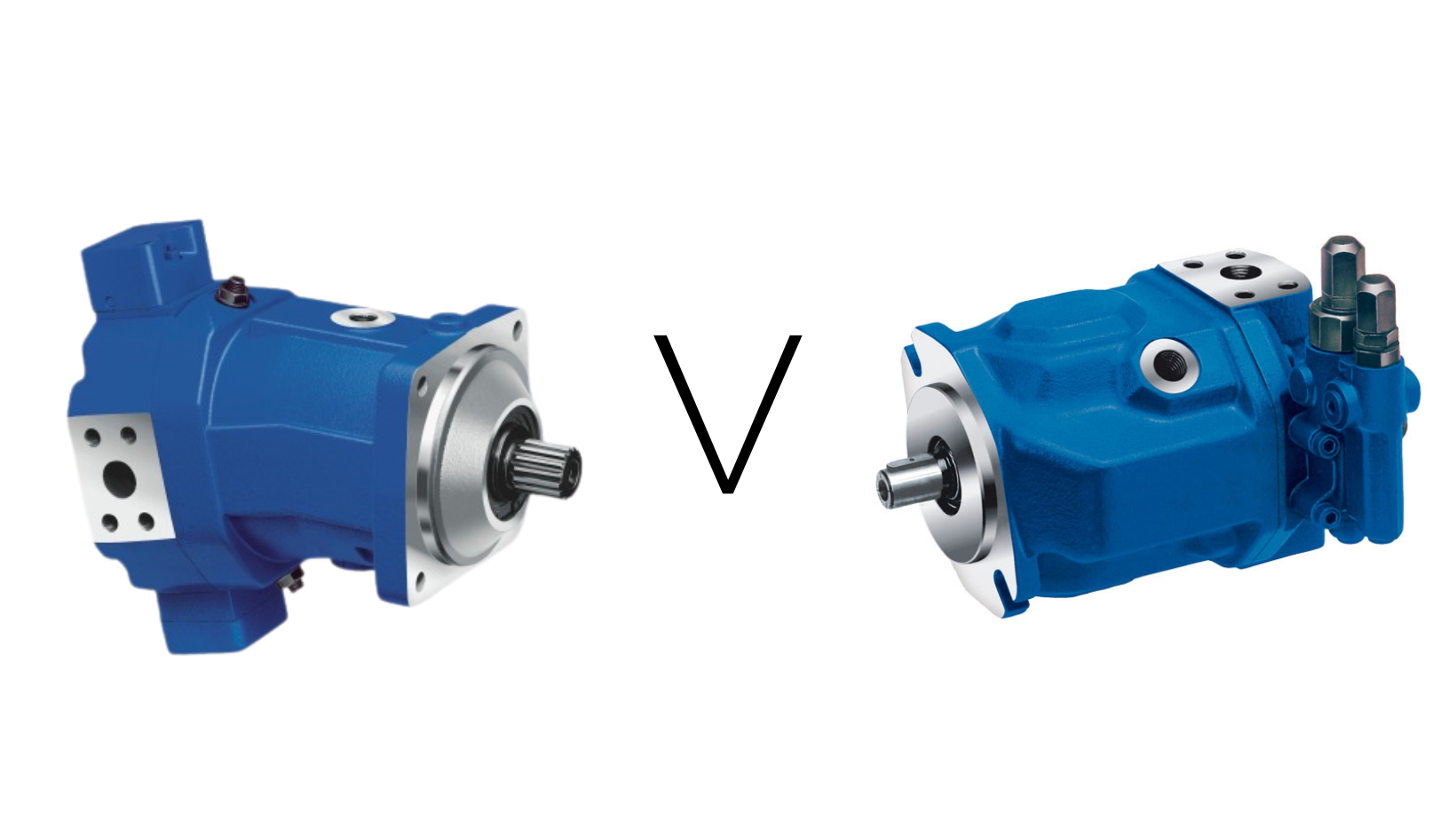
In simple terms, when working together in a hydraulic system, the hydraulic pump converts mechanical energy into fluid energy in the form of oil flow. Once the oil flow reaches the hydraulic motor, the hydraulic motor converts the fluid energy into mechanical energy to perform the physical work.
The most intuitive is the different purpose: hydraulic pump is a device that converts the mechanical energy input by the prime mover into hydraulic pressure energy and is the power element of the hydraulic system; and the hydraulic motor converts the hydraulic energy input from the hydraulic pump into mechanical energy for rotary motion, which drives the load to work, is the executive element of the hydraulic system.
But their working principles are the same, they all rely on the change of the sealed working volume to work. In principle, it should be reversible, that is, any hydraulic pump can be used as a hydraulic motor, and any hydraulic motor can be used as a hydraulic pump.
But this is only a superficial understanding. In fact, only a few hydraulic pumps can be used as hydraulic motors, and only a few hydraulic motors can be used as hydraulic pumps. Why is this? This is because the two have different work requirements, so there must be differences in structure. If the hard requirements can be used in reverse, an extra price will be paid.
The difference between hydraulic pump and hydraulic motor in work requirements:
· Most users regard hydraulic pumps as components that output flow under a certain pressure, and therefore pay more attention to their volumetric efficiency; while most users regard hydraulic motors as components that output torque under certain pressure. Therefore, more attention is paid to their mechanical efficiency.
· The pump often works at a stable high speed; while the motor has a wide range of speeds and works at low speeds for a long time.
· It is usually hoped that the pump can deliver high pressure at the rated speed; and the motor usually reaches the maximum pressure at zero or very low speed.
· In certain applications, the pump usually has only one rotation direction. Except for the pump in the hydrostatic transmission device, its flow and pressure direction remain unchanged; and most motors require a variable rotation direction, and many motors still It is required to work as a pump when necessary to brake the load.
· In most systems, the pump works continuously, and the fluid temperature changes slowly; while the motor is left unused for a long time, it will experience sudden temperature changes when it starts to work.
· Most pumps have a base for installation, and the drive shaft does not bear side load; and the drive shaft of many motors has to bear the radial load from the pulley, sprocket, gear or other directly installed wheel.
You may also like to read:
How do hydraulic pumps work and our product focus on the Bosch Rexroth A10VO hydraulic pump
WE ARE A BOSCH REXROTH CERTIFIED EXCELLENCE PARTNER
To enquire or speak to our technical team about all our hydraulic pump and motor ranges please contact VHS Hydraulic Components on: 0114 276 4430 / E: info@www.hydraulic-components.net or visit our website at: https://www.hydraulic-components.net





 No Minimum Order
No Minimum Order














